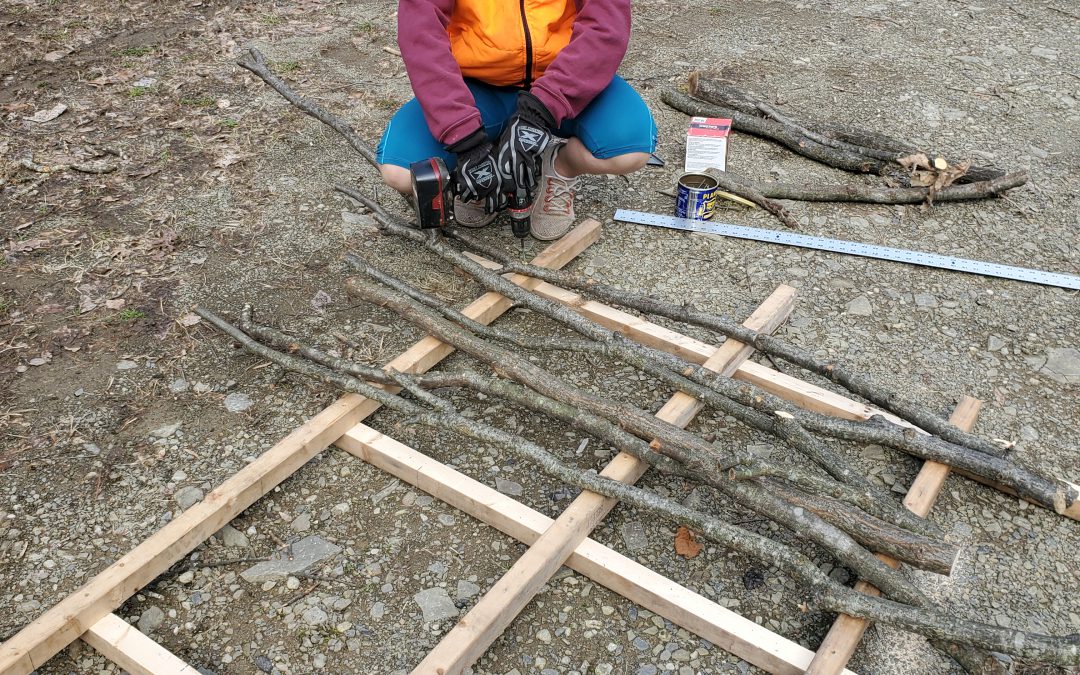
by William | Mar 8, 2024 | Passive House, Small Footprint
Dear Readers,
It’s been a while! While the silence from us has been seemingly extensive, I promise that we have not been sitting idle . If you check out our “Resources for LBC” page, you’ll see our Embodied Carbon Baseline attempts, some results with our material/product vetting (Toxnot Advocacy Letter, Manufacturer Inquiry Document, and Stone Advocacy Letter), and even a synopsis of our Biophilic Design Workshops. We’ve also been busy helping manufacturers pursue material transparency, with one in particular going full-throttle and asked us to make a Declare Label for them.
We have finished preparing the site for the driveway, septic system, and the home’s footprint. We did attempt to relocate and replant as many blueberry bushes, small trees, and moss heaps as we could.
Any trees or mountain laurel removed is intended for reuse in the project itself. Larger trees will hopefully be used for the timber frame structure (we are scraping the CLT idea…blog to follow later), and smaller trees and branches are intended to be used for handrails (I love this guy’s YouTube videos!), and even perhaps siding for our shed…
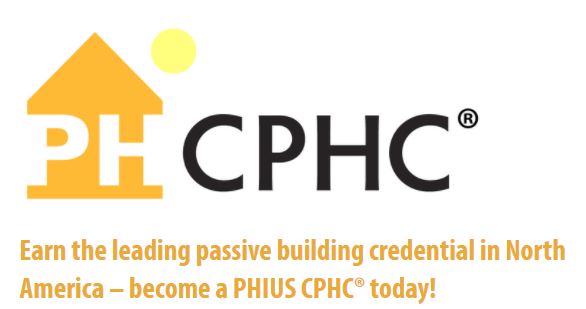
by William | Dec 29, 2021 | Passive House
Dear Readers,
William is interested in becoming a PHIUS Certified Passive House Consultant. Which, is awesome! And I am super proud. And also super curious…
So, while I went ahead and made a step by step outline for William on what he needed to do in order to achieve the label of “PHIUS Certified Passive House Consultant” (super fancy, I know…), I figured I could share this information with all of you as well! You know, just in case any of you became interested in obtaining your fancy schmancy certification as a PHIUS Certified Passive House Consultant 😉
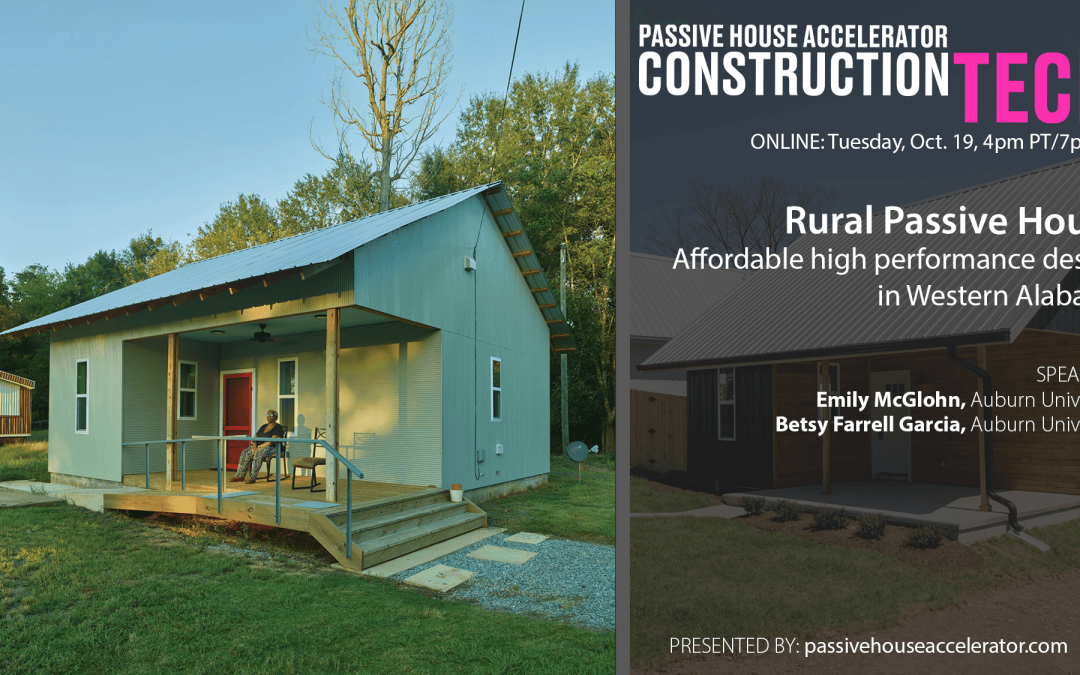
by William | Oct 27, 2021 | Passive House
Dear Readers,
The Rural Studio’s 20K House Project was introduced to us on one of Passive House Accelerator’s Construction Tech Tuesdays. We didn’t know anything about the 20K House Project previous to attending Tuesday evening’s gathering.
…Really though…all the knowledge we had of this 20K House Project was the title, which intrigued us because it had the word “rural” in it. We thought, “Hey, we are rural! And it seems like they are bringing the Passive House standard to rural areas? That’s neat. We’ll listen in on this…”
Little did we realize how gosh darn awesome this project really was.
And it is more than just a singular project…it is a whole program. Based in rural Alabama, it is an academic, student-driven, community-centered, people conscious, environmentally aware, and fluid architecture program. This program revives the ethos of ‘home as the human habitat’ and the fundamental ‘why’ behind education with every single home they build.
Yeah. That’s right. Bringing back the purpose of education and the primal human necessity of home with local, cultural, and interpersonal relevance.
They are that awesome.
Here’s how.

by William | Oct 6, 2021 | Passive House
Dear Readers,
One beautiful Friday at the virtual Sustainability Symposium, William and I learned things. Lots o’ things. We learned concepts, best building practices, and financial motivations! Some of these things included: Transforming communities by retrofitting neglected homes to be energy efficient and healthy….the importance of material circularity for embodied carbon reduction…the necessity of ventilation in every home…and finding resilience in finance by aligning capital with incentives!!!!
Whoop whoop! What a Friday that was….
To consolidate all of those things into one key “what I learned” takeaway is super hard if you think too much about it. So, I’m not going to think too much about it. Without an overabundance of overcomplicated thought, my key takeaway is simple: The language you use matters. Simple. Yet utterly significant to every single presentation I attended that day.
If you want to convince a city council that retrofitting 6,000 dilapidating homes and buildings into super energy efficient and healthy structures in 4.5 years is not just a good, but a GREAT idea….then the language you use matters.
If you want the inhabitants of energy efficient homes and buildings to use the systems appropriately, while also valuing and understanding the ethos of a home built for net-positive and zero operational and low embodied carbon living…then the language you use matters.
If you want people to give a poop about the air they and their children breathe in their own home…then the language you use matters.
If you want financial institutions to see the value in investing in homes and buildings that are healthy for people and the planet….then the language you use matters.
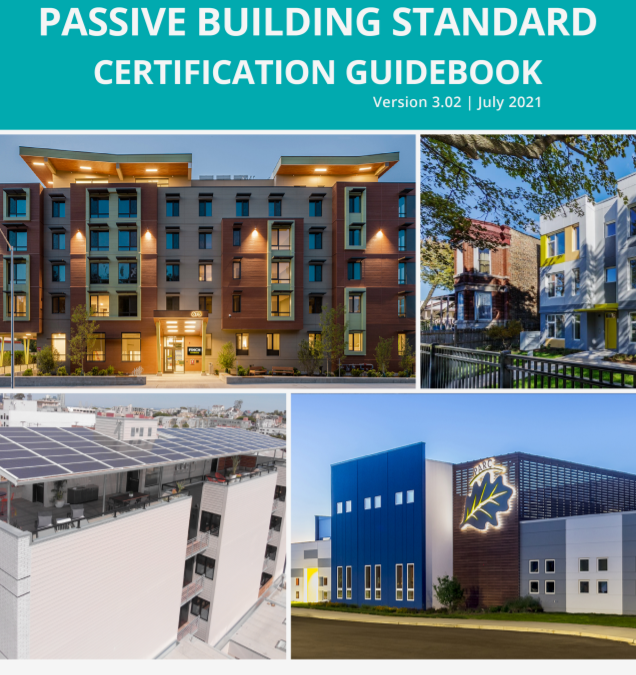
by William | Jul 28, 2021 | Passive House
Dear Readers,
The Passive House Institute of the United States (Phius) has officially released the most recent certification guidebook. Yay!!
You can check out the guidebook here. It is 190 pages…and yes, I “read” through the whole thing. Did I understand all of it? Especially the bit about inputting information into the WUFI software? Nope. But was it a great way to get more of a holistic view of what William and I are getting ourselves into? Yup.
For those who are interested, here’s 190 pages of passive building guidance condensed into 11 bullet points. Again, these are a result of my version of “reading” in this specific scenario.
– Building to passive standards really is a necessary stepping stone to achieve the Living Building Challenge (LBC). The Energy Petal of the LBC requires a home or building to produce 105% of its energy needs through on-site renewables. Passive building not only makes this possible by reducing operational carbon in the first place, but it also paves the way to make embodied carbon the next beast of a challenge to tackle.
– We NEED to find a Phius Certified Rater (the person who periodically comes out to inspect our home through the build process) that is as close to the Land of the Laurels as possible. Not only would it decrease the burden for them as far as drive time~ especially with our back roads…~ but it would also be nice for us with the whole ‘building on a budget thing’… Sooo….Perry County friends….if any of you are interested in becoming a Phius Certified Rater…that would be cool! 😉
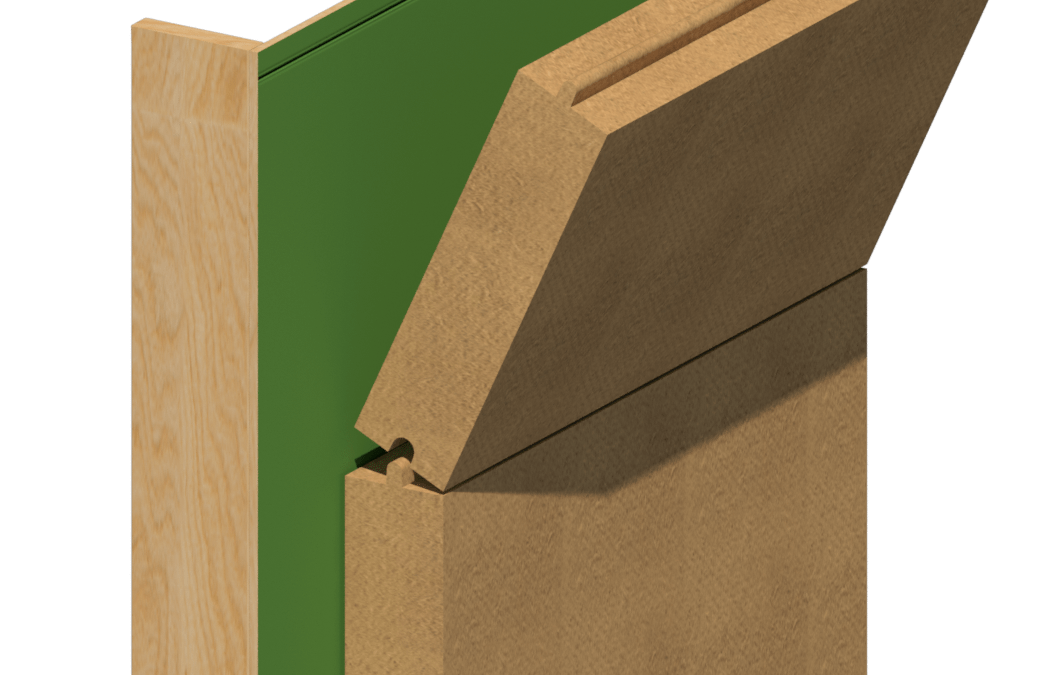
by William | Jun 23, 2021 | Passive House
Dear Readers,
As many of you are already well aware, William and I are hopeful people. Admittedly, William more than I. I can be a bit of a negative nancy at times.
All optimism and pessimism aside, I like to think we can be quite grounded in our hope. One of the handful of products we are hoping on, and crossing our fingers that it may indeed be on the market by the time we actually build our house, is wood fiber insulation by Go Lab.
Expected to be on the market in 2022, Go Lab is bringing wood fiber insulation to the United States~ Maine, to be specific! They will offer wood fiber batt insulation, dense pack and loose fill wood fiber insulation, and continuous wood fiber board insulation. Which is great! Howeverrrrr…we really only want the continuous board wood fiber insulation.
When looking at William’s beautiful wall section…






